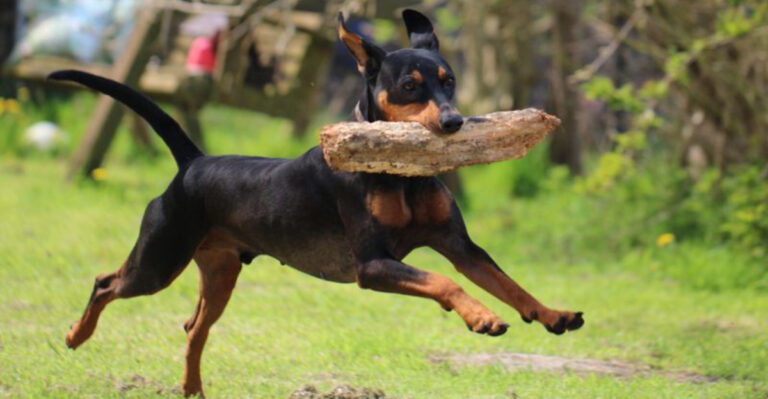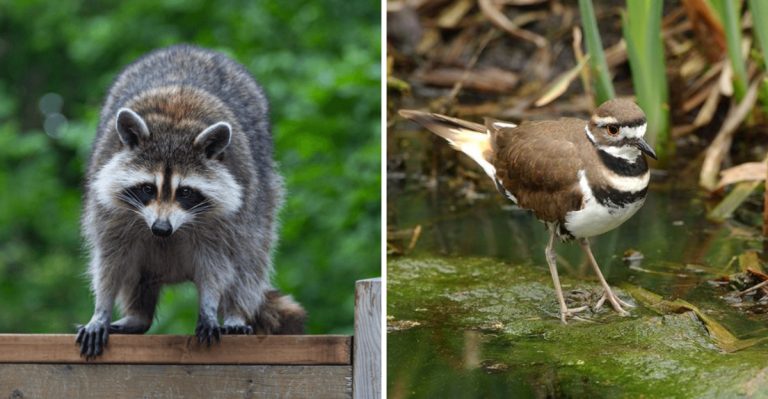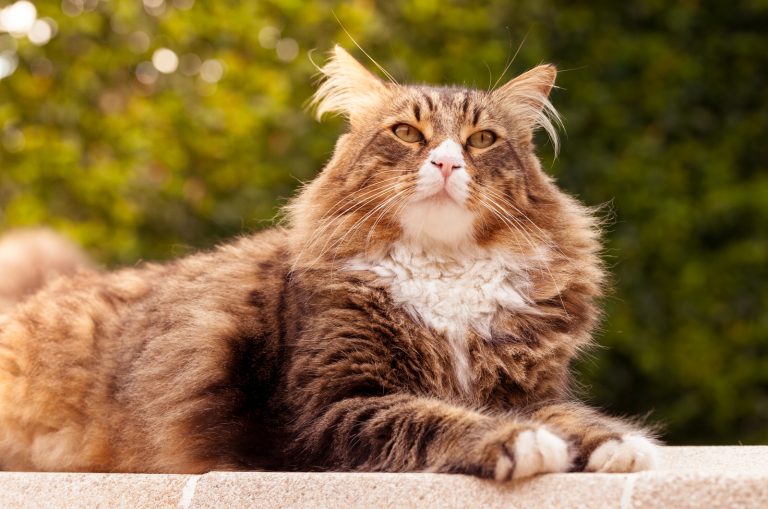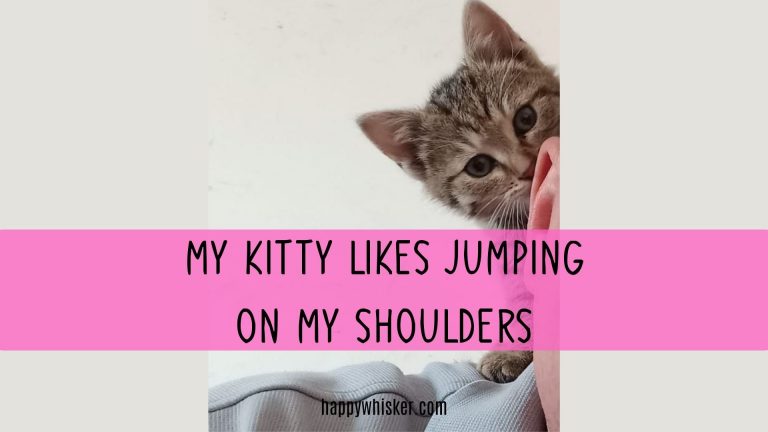12 Fascinating Questions About Mammals Finally Answered
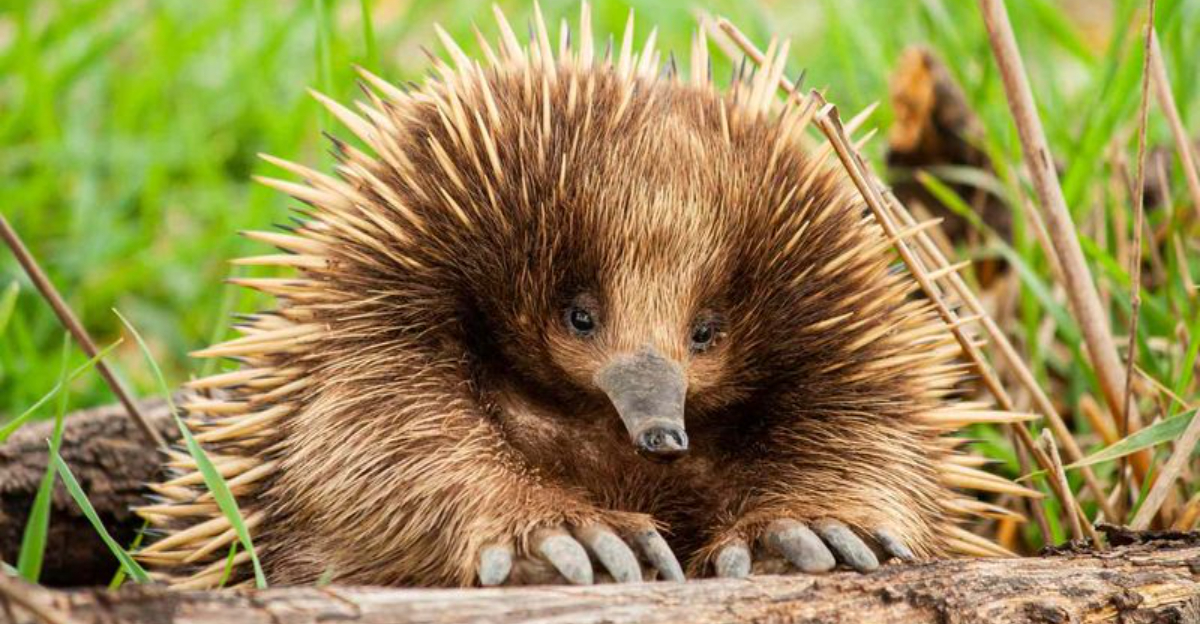
Ever wondered about the strange and wonderful world of mammals?
From ocean-dwelling giants to tiny creatures with bizarre abilities, mammals are full of surprises. Some of their characteristics seem almost impossible to believe, while others make perfect sense once explained.
Let’s explore some head-scratching questions about our furry, finned, and fantastic fellow mammals!
1. Are Bats Actually Blind?
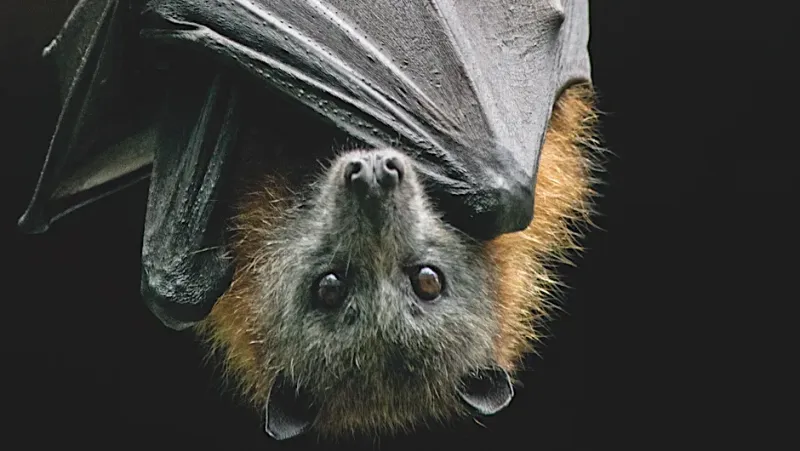
Contrary to popular belief, bats have perfectly functional eyes. Many species see quite well, especially in low light.
Their famous echolocation is more like an additional superpower than a replacement for vision. They emit high-frequency sounds that bounce off objects, creating detailed sonic maps of their surroundings—all while maintaining normal vision.
2. Which Mammal Spends Its Whole Life In The Ocean?
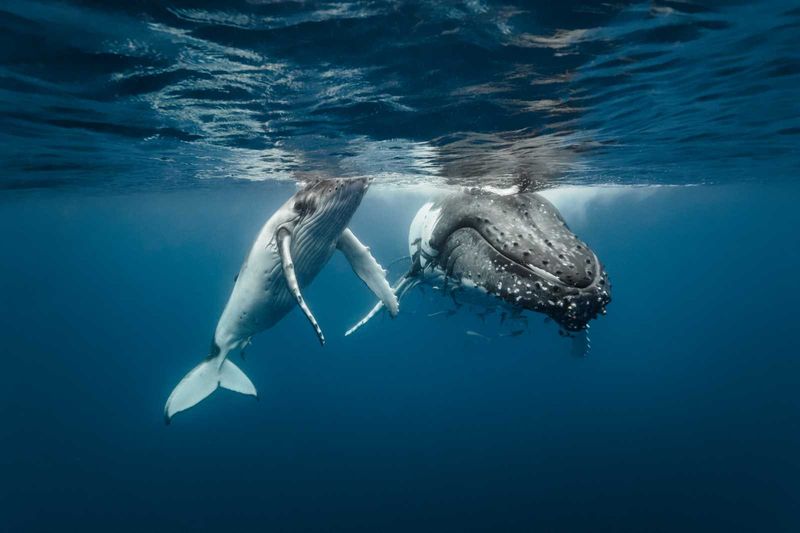
Whales and dolphins never set foot on land—not even once in their entire lives! Unlike seals or sea lions that haul out to rest or breed, these marine mammals are fully aquatic.
They give birth, sleep, and even nurse their young completely underwater. Their bodies have evolved so completely for ocean life that they couldn’t survive on land if they tried.
3. Can Any Mammals Glide Like Flying Squirrels?
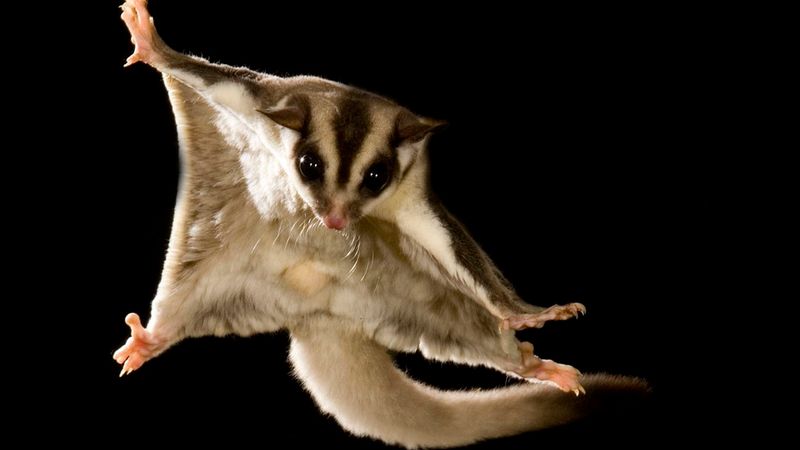
Flying squirrels aren’t the only aerial acrobats in the mammal world! Sugar gliders, colugos (flying lemurs), and even some possums have evolved similar gliding membranes.
These skin flaps stretch between limbs, allowing them to soar impressive distances between trees. Some can travel over 150 feet in a single glide, controlling direction with subtle body adjustments.
4. Do Any Mammals Use Tools?
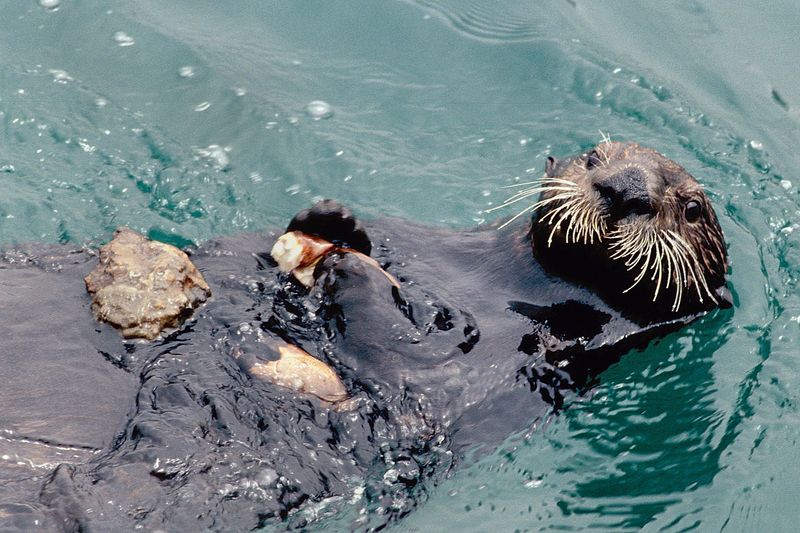
Sea otters crack shellfish open using rocks balanced on their bellies while floating on their backs. How ingenious!
Dolphins protect their sensitive snouts with marine sponges while foraging on rough seafloors. Even elephants fashion branches into fly swatters and back scratchers. Tool use isn’t just for primates—it’s widespread among our smartest mammalian relatives.
5. What’s The Fastest Mammal On Earth?
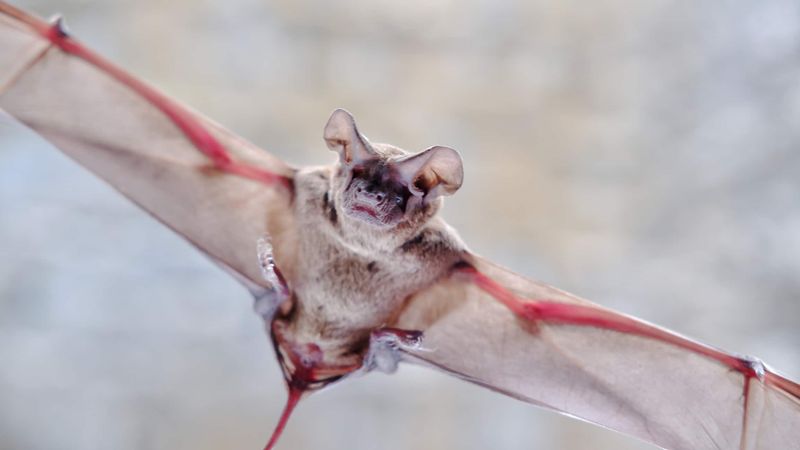
Cheetahs claim the land speed title at 70 mph, but they’re not actually the fastest mammals overall!
The Brazilian free-tailed bat zooms through the night sky at a mind-boggling 99+ mph. These pocket-sized speedsters outpace most birds and even some cars on the highway. Their aerodynamic bodies and specialized wing structures enable these record-breaking flights.
6. Do Any Mammals Lay Eggs?
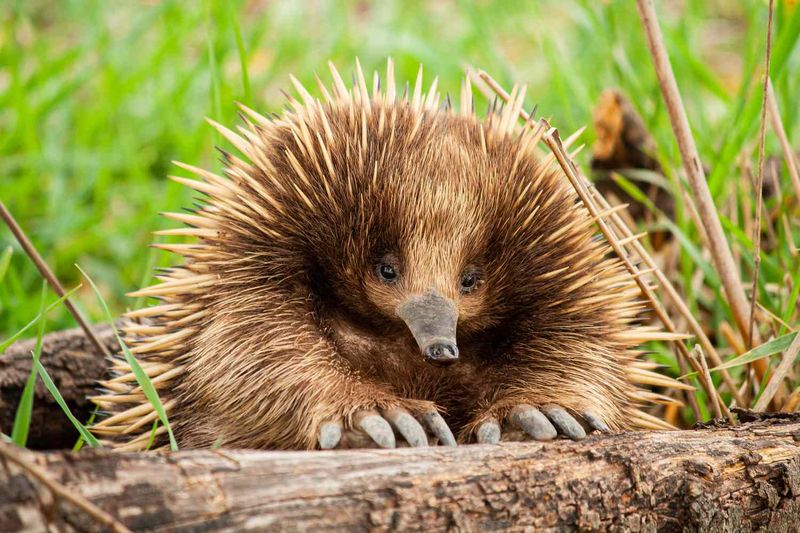
The platypus and echidna break all the mammal rules! These peculiar creatures, called monotremes, actually lay eggs instead of giving birth to live young.
When European naturalists first encountered a platypus specimen, they thought it was a hoax—a taxidermy prank with duck bills sewn onto beaver bodies. These egg-layers remain one of evolution’s most fascinating oddities.
7. Can Mammals Really Glow Under UV Light?
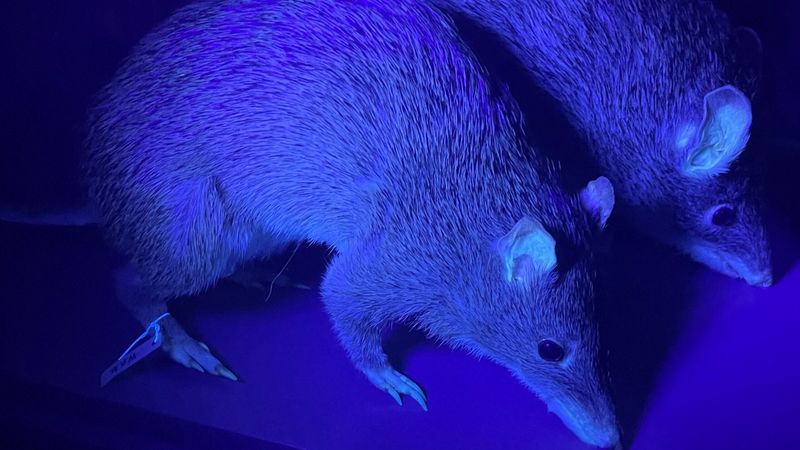
Some mammals secretly harbor superpowers visible only under ultraviolet light! Platypuses, wombats, and flying squirrels all fluoresce with eerie blue-green glows when exposed to UV rays.
Scientists discovered this phenomenon recently and still debate its purpose. Is it camouflage? Communication? Or just a fascinating quirk of biology? The mystery adds another layer to these already unusual creatures.
8. Why Do Dolphins Have Names?
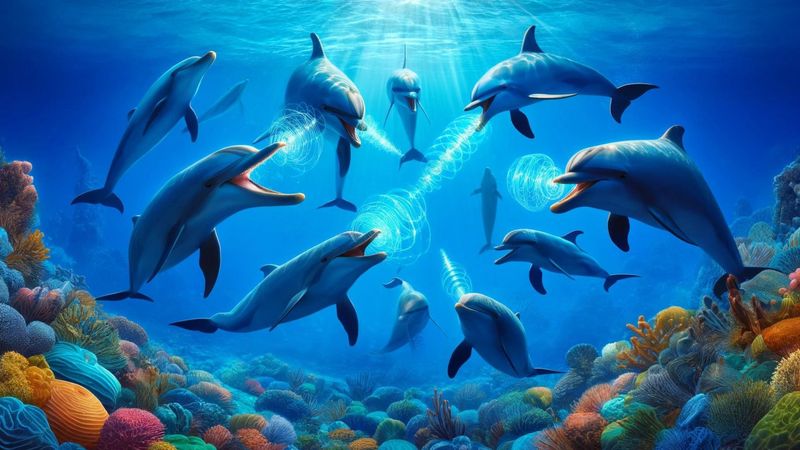
Bottlenose dolphins develop signature whistles that function remarkably like human names. Each dolphin creates its unique sound pattern within its first year of life.
They use these whistles to identify themselves and call out to specific pod members. Mother dolphins even “name” their calves by repeatedly whistling their signature sound. This sophisticated communication system reveals their extraordinary intelligence.
9. What Mammal Has The Most Teeth?

The giant armadillo grins with up to 100 teeth in its long snout! These simple, peg-like teeth lack enamel but grow continuously throughout life.
Most mammals have specialized teeth for different functions—cutting, tearing, grinding. But armadillos evolved their impressive dental collection for their insect-heavy diet. Their tiny teeth grab and crush beetles, ants, and termites with remarkable efficiency.
10. Are There Mammals That Don’t Sleep Much?
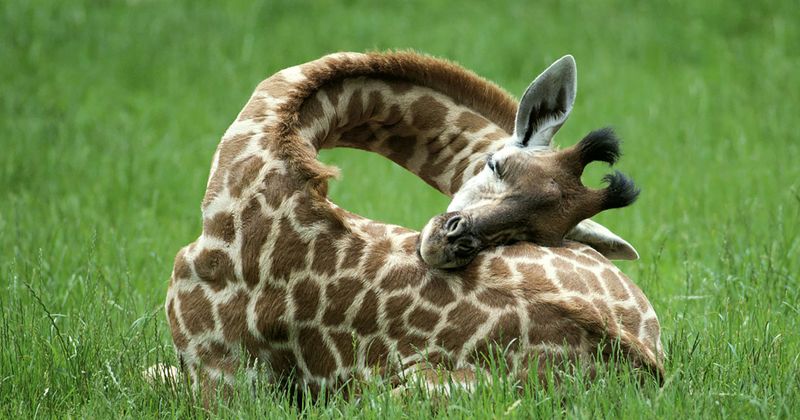
Giraffes have mastered the art of minimal sleep, catching just 30 minutes to 2 hours daily. Their tall stature makes them vulnerable when lying down.
They often doze standing up in quick 5-minute power naps. Even more impressive, mother giraffes with newborns may skip sleep entirely for days, remaining vigilant against predators. Their bodies have adapted to function remarkably well with minimal rest.
11. Can Any Mammals Breathe Through Their Skin?
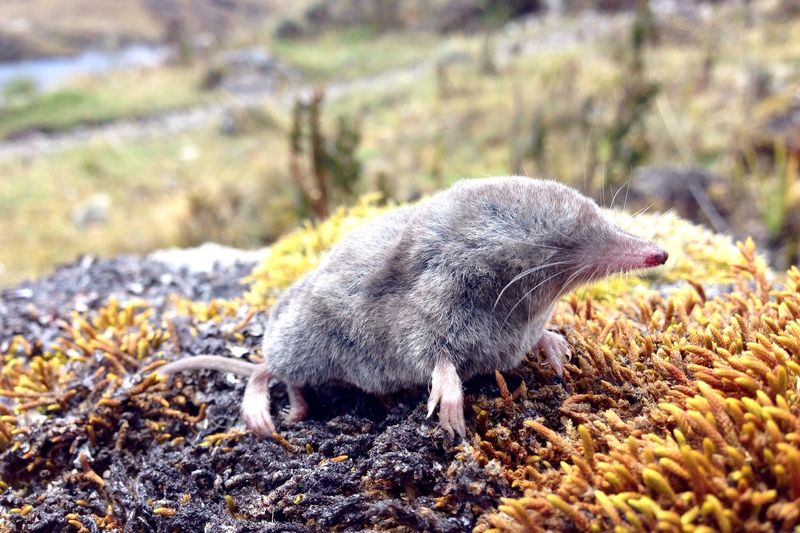
While no mammals breathe primarily through their skin like amphibians, some come surprisingly close! Certain shrew species have extremely thin skin that allows limited gas exchange.
Red-toothed shrews can absorb about 10% of their oxygen needs through their skin when underwater. This adaptation helps these tiny, high-metabolism creatures survive brief submersion while hunting. Their primary breathing still happens through lungs, but skin breathing provides a helpful backup.
12. Why Can’t Kangaroos Walk Backward?
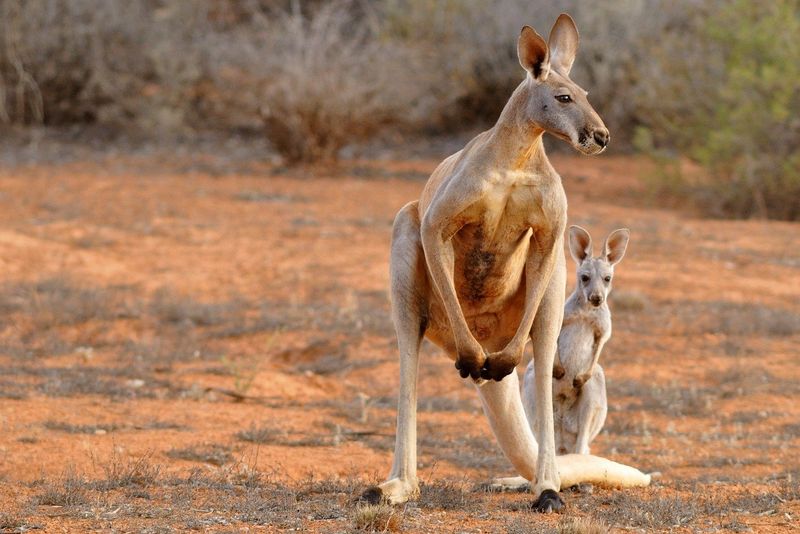
Kangaroos’ unique anatomy makes backward movement physically impossible. Their powerful tails and specialized leg structure only work in a forward direction.
The Australian coat of arms features kangaroos partly because of this trait—they symbolize a nation that only moves forward! Their enormous feet and fused leg bones create an energy-efficient hopping system perfect for covering vast distances across the outback.

